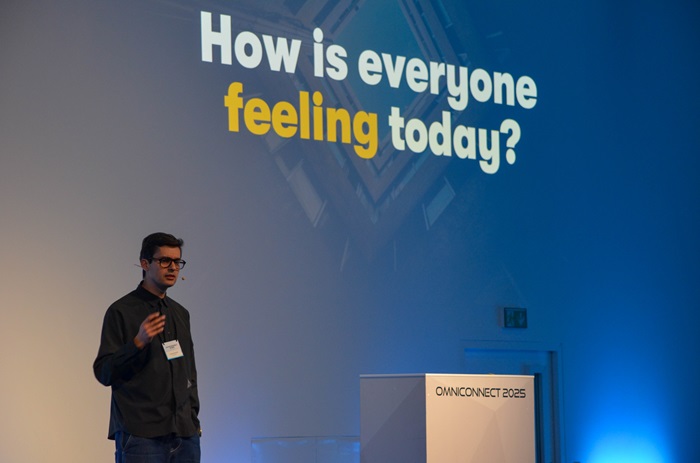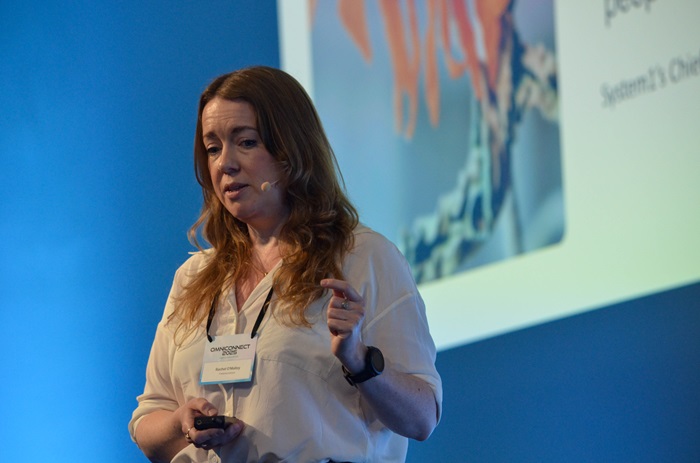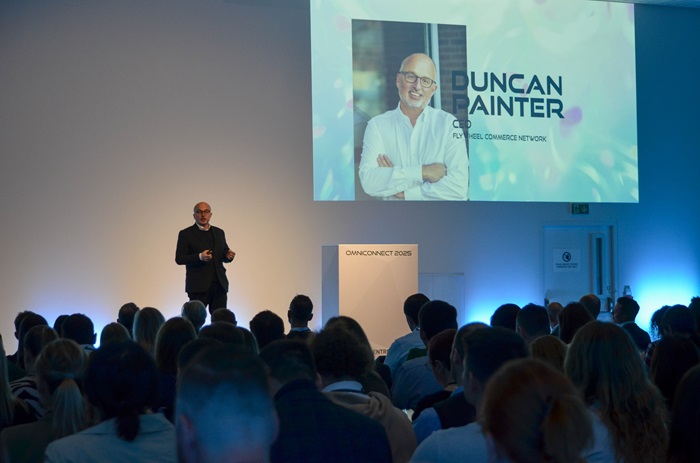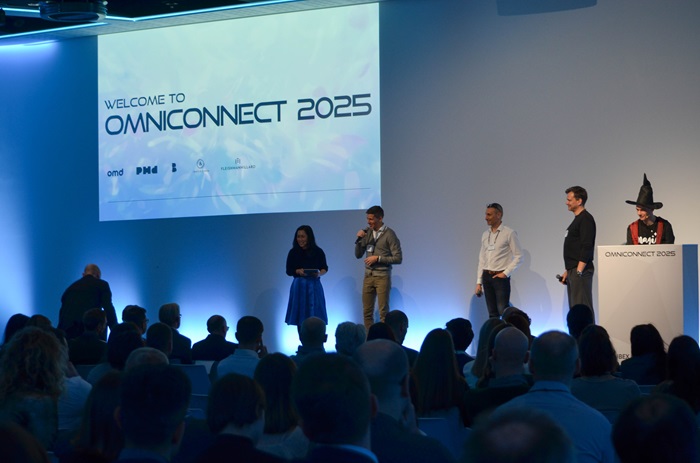The emphasis on emotional connection with audiences is proving crucial to the long-term success of brands. Yet, in today's advertising world, the rational side of decision-making receives overwhelming attention. "But the future of business depends on how we feel. Data is important, but if we want to invest in the future, we can't leave emotions out," said Tomas Gonsorcik, global director of strategy at DDB Worldwide, in his keynote at this year's OmniConnect conference.
"If 95% of decisions are emotionally driven, according to behavioural psychologist Daniel Kahneman, why do so many brands still consider emotion as a secondary element?" Gonsorcik asks.
In his presentation, he touched on the difference between emotions and feelings. Emotions such as joy, anger, fear or surprise are universal and physiological - they occur automatically, without our awareness. Feelings, on the other hand, are culturally conditioned and context-specific, meaning that people in different countries and cultures interpret their emotional experiences differently. All of this has a direct impact on the way brands can reach their audiences on a global level.
According to Gonsorcik, emotional connection with the audience is a key tool to differentiate from competitors. Consumers' growing loyalty to brands that evoke strong emotions should be a testament to the effectiveness of this approach. Brands that focus on creating lasting emotional connections with audiences create powerful and memorable campaigns.
 Tomas Gonsorcik at OmniConnect 2025; Source: Omnicom
Tomas Gonsorcik at OmniConnect 2025; Source: OmnicomThat's why DDB Worldwide this year launched a new tool, the Feels Barometer, which measures people's use of emotions. This helps brands create campaigns that emotionally reach audiences and create lasting memories. Its launch is a response to the current crisis in marketing effectiveness, where brands are spending more money but growing market share more slowly than before.
For example, brands such as Skittles, McDonald's and Deutsche Telekom are using emotional marketing to achieve higher levels of engagement and customer loyalty.
Brands must overcome fears of risk and uncertainty and dare to use new, emotional approaches that appeal to today's consumers, according to Gonsorcik. "Almost half of all content created, marketed and promoted by media in the U.S. today doesn't evoke any emotion in people or influence them in any way. So the question is how to reduce that number. Not because we want to create campaigns that evoke something in people just because it feels good, but because they are more effective," concluded Tomas Gonsorcik.
Creative PR is effective and doesn't cost millions
You don't need a big budget to communicate effectively. Although PR is seen primarily as a tool for building public relations and working with the media, it can also be an effective channel in the marketing mix. It can create stories and emotions and thus attract attention and build long-term relationships with customers. "People remember stories 22% better than facts," said Rachel O'Malley, creative director at FleishmanHillard.
 Rachel O'Malley at OmniConnect 2025; Source: Omnicom
Rachel O'Malley at OmniConnect 2025; Source: OmnicomTwo PR agencies were also awarded the Grand Prix at last year's Cannes Lions, proving that a creative approach in PR is now a necessity and that PR is not just a "nice to have". PR has been a key element in these campaigns since their inception and was not added alongside advertising communications and other activities.
One of the Grand Prix went to the "sound test" campaign in which Rick Astley re-recorded his song "Never Gonna Give You Up", but at some stages the song was harder to hear. This was to encourage the 50+ generation in particular to have their hearing tested. Interest in them increased by over 1,000 per cent thanks to the campaign.
"A well-constructed story increases purchase intent and strengthens the relationship with the brand," she argued, adding that up to 90% of decisions are based on emotion. But in times of information overload, there are only 8 seconds to grab attention. PR needs to respond at the speed of news and cultural trends. "People don't differentiate between branded and unbranded content - they follow what interests them. Therefore, successful brands don't just focus on their products, they look for a place in the broader cultural conversation," she described.
Companies that can strike a balance between what they want to communicate and what their audience is actually interested in achieve the greatest impact. "PR is not just about getting the message out, but about engagement, resonance and creating space in a shared culture," she stressed.
 Duncan Painter at OmniConnect 2025; Source: Omnicom
Duncan Painter at OmniConnect 2025; Source: OmnicomRetail media is changing the market
Duncan Painter, CEO of the Flywheel network, identifies the advent of retail media as a major breakthrough in the advertising market. They are becoming a key part of digital business strategies and the fastest growing segment of the advertising market. Its momentum is outpacing even traditional television at the level of national advertising campaigns. They benefit from the ability to reach customers at the time they buy, while targeting based on accurate deterministic data. Retail media is also expanding into physical stores, offering new opportunities for point-of-sale advertising. Painter refers to advertising on smart screens (CTV) as the upcoming big retail media format. For more from Duncan Painter's talk, see here.
The third annual OmniConnect 2025 conference was held at the Cubex conference center in Prague. It was organised by Omnicom's agencies (DDB Prague, FleishmanHillard, PHD, OMD, Hearts&Science, Transact). The conference was attended by 300 guests from clients and partners. In addition to representatives of top management, they were welcomed by Dan Clays, CEO of Omnicom Media Group for the EMEA region.
Source: mediaguru.cz

